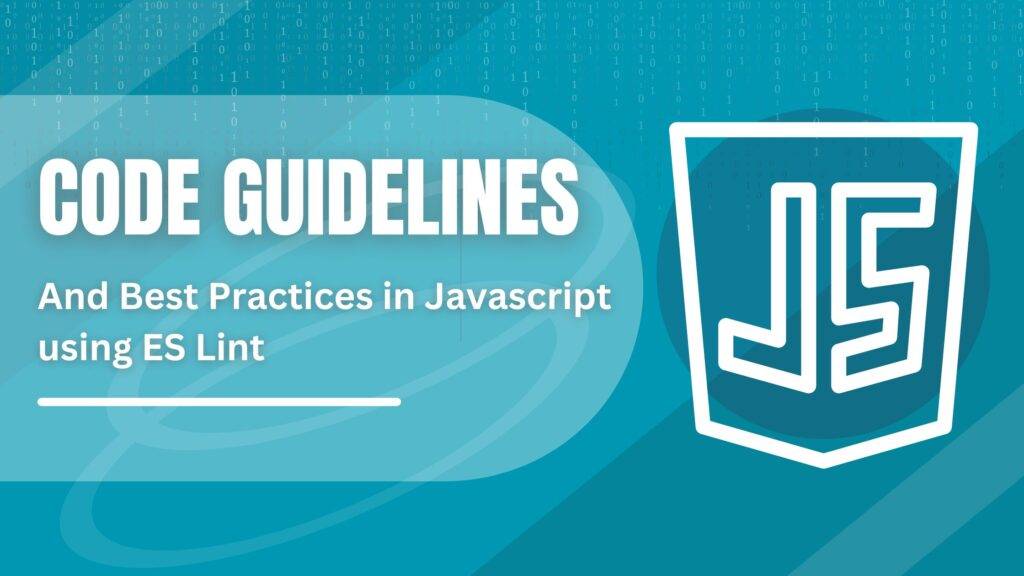
This document outlines the coding guidelines and best practices for writing clean, maintainable, and consistent JavaScript and TypeScript code using ESLint. Following these guidelines will help ensure code quality, readability, and collaboration across your projects.
Table of Contents
- Installation
- Configuration
- Formatting
- Naming Conventions
- Comments
- Code Structure
- TypeScript Specific Guidelines
- ESLint Plugins
- Linting and Automation
- Conclusion
1. Installation
Start by installing ESLint as a development dependency in your project:
npm install eslint --save-dev2. Configuration
Create an .eslintrc.json or .eslintrc.js file in the root of your project. Below is a basic example configuration:
{
"extends": "eslint:recommended",
"rules": {
// Add your custom rules here
}
}3. Formatting
- Use 2 spaces for indentation.
- Use single quotes for strings unless escaping is necessary.
- Use semicolons at the end of statements.
4. Naming Conventions
- Variables, functions, and class names should use camelCase.
- Constants should use uppercase snake case.
- Private variables/functions should start with an underscore (
_). - TypeScript type names should use PascalCase.
5. Comments
- Use comments to explain complex logic, algorithm details, or non-obvious code.
- Write self-explanatory code whenever possible to reduce the need for excessive comments.
6. Code Structure
- Keep functions and classes small and focused on a single responsibility (Single Responsibility Principle).
- Aim for a maximum line length of 80–100 characters to enhance readability.
- Avoid deeply nested code structures; prefer using early returns to handle edge cases.
7. TypeScript-Specific Guidelines
- Utilise TypeScript’s static type checking to catch errors during development.
- Use type inference whenever possible; explicit type annotations should be used when type inference is unclear.
- Avoid using the
anytype. Use more specific types instead.
8. ESLint Plugins
Consider using ESLint plugins to enforce specific coding standards or style guides, such as:
eslint-plugin-reactfor React-specific rules.@typescript-eslint/eslint-pluginfor TypeScript-specific rules.
9. Linting and Automation
- Set up linting as part of your development workflow (e.g., pre-commit hooks) to catch issues early.
- Configure your build pipeline to fail if linting errors are present.
10. Conclusion
By adhering to these guidelines, you’ll contribute to a consistent and high-quality codebase that’s easier to maintain, read, and collaborate on. Remember that these guidelines are meant to be adaptable; feel free to customise them to fit your team’s preferences and project needs. Regularly review and update your guidelines to incorporate new best practices and tools.